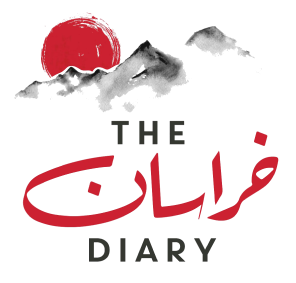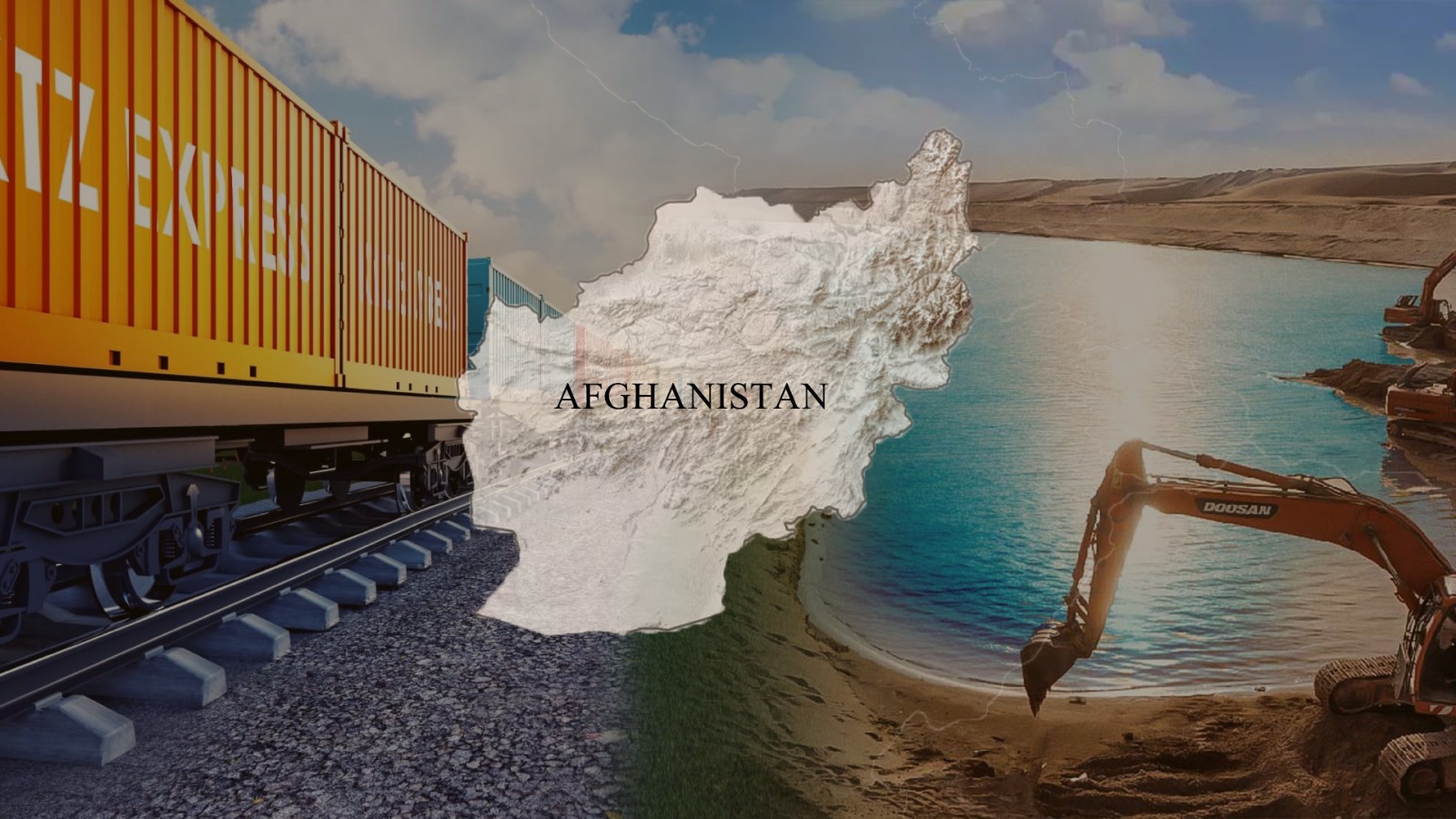Agriculture remains the backbone of Afghanistan’s economy, employing an estimated 60–65 percent of the population. The country’s main agricultural outputs include wheat, pomegranates, grapes, apricots, and nuts, alongside livestock and dairy products that supplement rural incomes. However, the sector continues to face significant challenges: recurrent droughts, outdated cultivation methods, inadequate irrigation systems, and vulnerability to climate shocks. One of the most transformative developments has been the opium ban of 2021, which eliminated a high-value source of rural income. While this policy was intended to curb the narcotics economy, it also worsened household vulnerabilities, particularly for farming communities dependent on poppy cultivation.
Despite these obstacles, Afghan agriculture has demonstrated resilience. With investment in irrigation, mechanization, and crop diversification, the sector holds the potential to increase rural incomes, enhance food security, and reduce dependence on external aid.
Qosh Tepa Canal Phase Two Nears Completion
Excavation work for Phase Two of the Qosh Tepa Canal is about 93% complete, while construction of the canal’s headworks has reached around 82%.

The Qosh Tepa Canal is a major irrigation project in northern Afghanistan, designed to divert water from the Amu Darya River. Stretching 285 kilometers through Balkh, Jowzjan, and Faryab provinces, the canal aims to irrigate more than 500,000 hectares of agricultural land.
The project is expected to boost food production, reduce reliance on imports, create jobs, and strengthen Afghanistan’s long-term economic stability.
Diaspora Investment in Afghanistan
The Afghan diaspora continues to play a vital role in supporting the country’s economy through remittances and direct investments, despite ongoing political and financial challenges. Entrepreneurs abroad have launched initiatives in construction, agriculture, energy, and banking, contributing to housing developments, commercial centers, and small-scale industrial projects across major cities.
One of the most significant contributions comes from businessman Mirwais Azizi, who recently announced a $10 billion investment plan for Afghanistan. His proposal focuses on long-term development in housing, energy, and infrastructure, with the goal of creating jobs and driving sustainable growth.

$10 Billion Energy Initiative
In August 2025, Azizi signed a landmark agreement with the Afghan government to develop 10,000 MW of electricity over the next decade. The project will utilize coal, hydropower, and wind resources—including a 700 MW wind power component—and is expected to create more than 150,000 jobs, while significantly reducing unemployment.
$500 Million Medical City in Kabul
Azizi has also unveiled plans to establish a $500 million medical complex in Kabul’s District 8. The project includes a 400-bed cancer treatment facility and aims to provide free healthcare services. It is regarded as a major step toward strengthening Afghanistan’s healthcare infrastructure.
Mining and Extractives
Afghanistan is endowed with vast reserves of copper, lithium, iron ore, gold, and rare earth elements, resources that have the potential to transform the country into a major global supplier of strategic minerals.
Key developments since 2021 include:
Amu Darya Oil Contract (2023):
Over 200 smaller contracts: Worth more than US$250 million, awarded since 2021. The mining could emerge as Afghanistan’s leading source of exports and government revenue. Yet insecurity, weak governance structures, and the absence of environmental safeguards pose substantial risks to long-term benefits.
Trade and Transit
Afghanistan’s landlocked geography makes trade highly dependent on neighboring countries. The economy remains heavily reliant on Pakistan and Iran’s transit routes, which are frequently disrupted by political tensions or logistical bottlenecks.
Since 2023, slow but deliberate steps have been taken toward trade diversification with Central Asia and China. Notably, the Herat–Khaf railway linking Afghanistan with Iran offers prospects for cheaper transportation and reduced dependence on Pakistan.
Source: Deputy Prime Minister for Economic Affairs Office - Afghanistan
The development of regional transport corridors could significantly boost trade, but this requires both political coordination and sustained investment in infrastructure.
Uzbekistan–Afghanistan–Pakistan Railway Project
The Uzbekistan–Afghanistan–Pakistan (UAP) railway is emerging as a key regional connectivity initiative designed to link Central Asia with South Asia. The planned 760-kilometer line will run from Termez in Uzbekistan, through Mazar-e-Sharif and Kabul in Afghanistan, and extend to Peshawar in Pakistan.
According to officials, the project aims to create a shorter and more cost-effective trade and transit corridor between Central Asia and Pakistani ports, including Karachi and Gwadar. By reducing transportation time and expenses, the railway is expected to significantly boost regional commerce.
Feasibility studies and technical surveys for the UAP line are already underway, with international financial support being sought to advance the project.

Finance and Currency
The formal banking sector has been paralyzed by international sanctions, leaving businesses and households dependent on informal systems. The hawala network dominates financial transactions, serving as the primary channel for remittances and trade settlements. Crucially, regular injections of foreign currency by humanitarian agencies have kept Afghanistan’s financial system afloat. These cash inflows ensure liquidity, stabilize the afghani, and allow essential imports to continue.
While the combination of informal finance and donor-driven liquidity prevents collapse, the absence of structural reforms and international banking access blocks the flow of long-term investment.
Humanitarian–Economic Interactions
Afghanistan’s economic survival since 2021 has been inseparable from humanitarian aid and donor liquidity flows. Annual humanitarian appeals exceeded US$3 billion. Cash inflows, flown directly into Kabul, sustained banking liquidity and stabilized exchange rates. Aid provided critical financing for healthcare, education, food assistance, and water supply. Household coping strategies relied heavily on remittances, borrowing, and subsistence farming.
Natural disasters—including earthquakes, floods, and droughts—further increased dependency on aid.
Link to Internal Needs: Humanitarian inflows have directly filled the gap in Afghanistan’s internal consumption. Without them, the country would have been unable to secure sufficient food, energy, or essential services for its population.

Strategic Outlook
Short-Term Risks
Continuing international sanctions and the absence of diplomatic recognition.
Declining donor willingness to fund large humanitarian operations (“aid fatigue”).
Climate shocks and frequent natural disasters.
Persistent dependence on imports and donor cash inflows for survival.
Long-Term Opportunities
Mineral wealth: Lithium, copper, and rare earths could position Afghanistan as a key supplier in global markets.
Agricultural modernization: Investment in irrigation and mechanization could transform rural livelihoods and reduce poverty.
Regional connectivity: Stronger trade and energy corridors with Central Asia, China, and Iran could stabilize both trade flows and currency reserves.
Between 2021 and 2025, Afghanistan’s economy transitioned from dramatic collapse to fragile stability. Humanitarian inflows, remittances, customs revenues, and donor-driven liquidity allowed the country to meet internal consumption needs and prevent systemic breakdown.
Yet the foundations remain weak: Afghanistan continues to depend overwhelmingly on external cash injections and imports rather than domestic production.

1. Economic Analysis of Afghanistan’s Trade (First Half of 2025)
2. Export Structure
Afghanistan’s major export items include figs, raisins, apricots, saffron, pistachios, grapes, and processed foods. These goods are exported mainly to Pakistan, India, UAE, Kazakhstan, Uzbekistan, Turkey, Iran, China, and Iraq. The export base is heavily agricultural, which leaves the economy vulnerable to climate and seasonal risks.
3. Import Dependence
Afghanistan heavily depends on foreign goods including fuel, machinery, food staples, textiles, and construction materials. This reliance increases vulnerability to external shocks such as oil price fluctuations and currency pressures.
4. Trade Balance Analysis

5. Regional Trade Dynamics
• Pakistan & India: Traditional partners, but subject to political and tariff risks.
• Central Asia (Kazakhstan, Uzbekistan): Growing importance due to regional connectivity.
• UAE & Turkey: Trade hubs and re-export centers.
• Iran & China: Strategic for energy and transit.
6. How the Trade Imbalance is Managed
Afghanistan continues to function despite its large deficit through:
• Humanitarian aid and international assistance
• Worker remittances from abroad
• Informal hawala networks for currency flows
• Strict currency controls and capital restrictions
These inflows stabilize the economy but make it fragile and dependent on external support.
7. Risks and Outlook
The current trade structure is not sustainable in the long run. Without diversification and industrial development, Afghanistan will remain vulnerable. Future improvements require:
• Export diversification (textiles, minerals, light manufacturing)
• Infrastructure investment in logistics and processing
• Regional integration through trade corridors (CASA-1000, TAPI pipeline, Belt & Road)
Graphs
The following graphs illustrate Afghanistan's trade imbalance:



